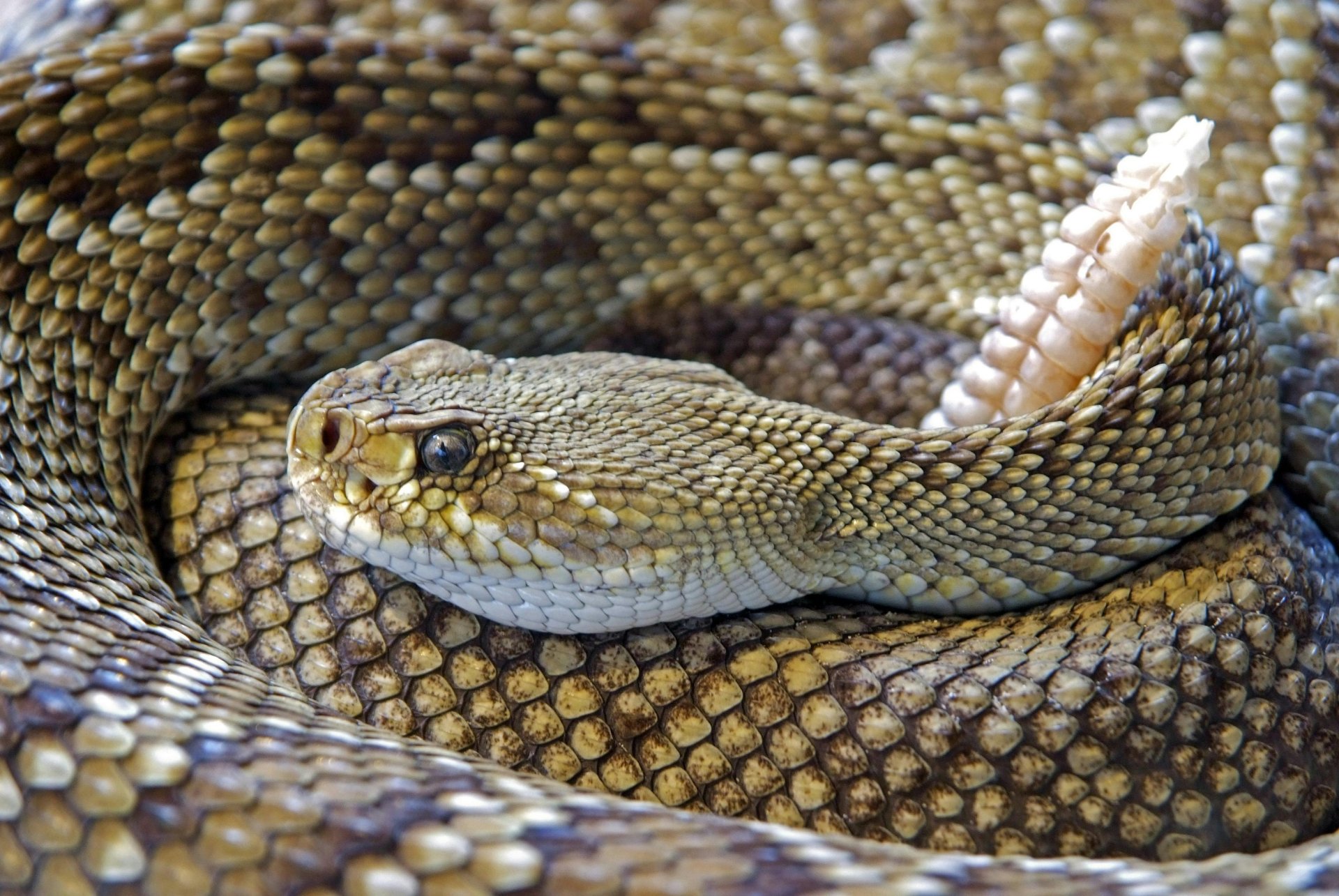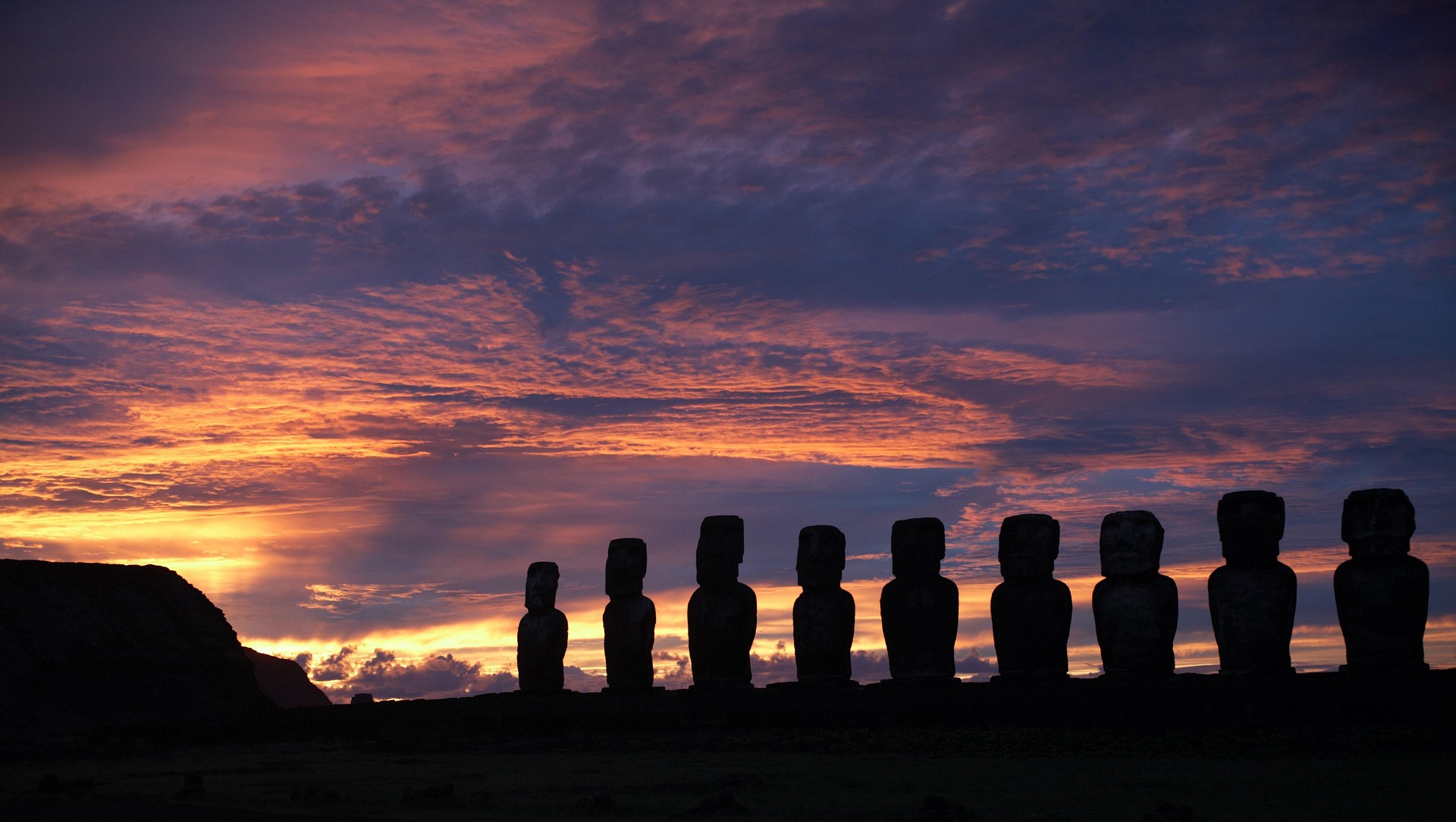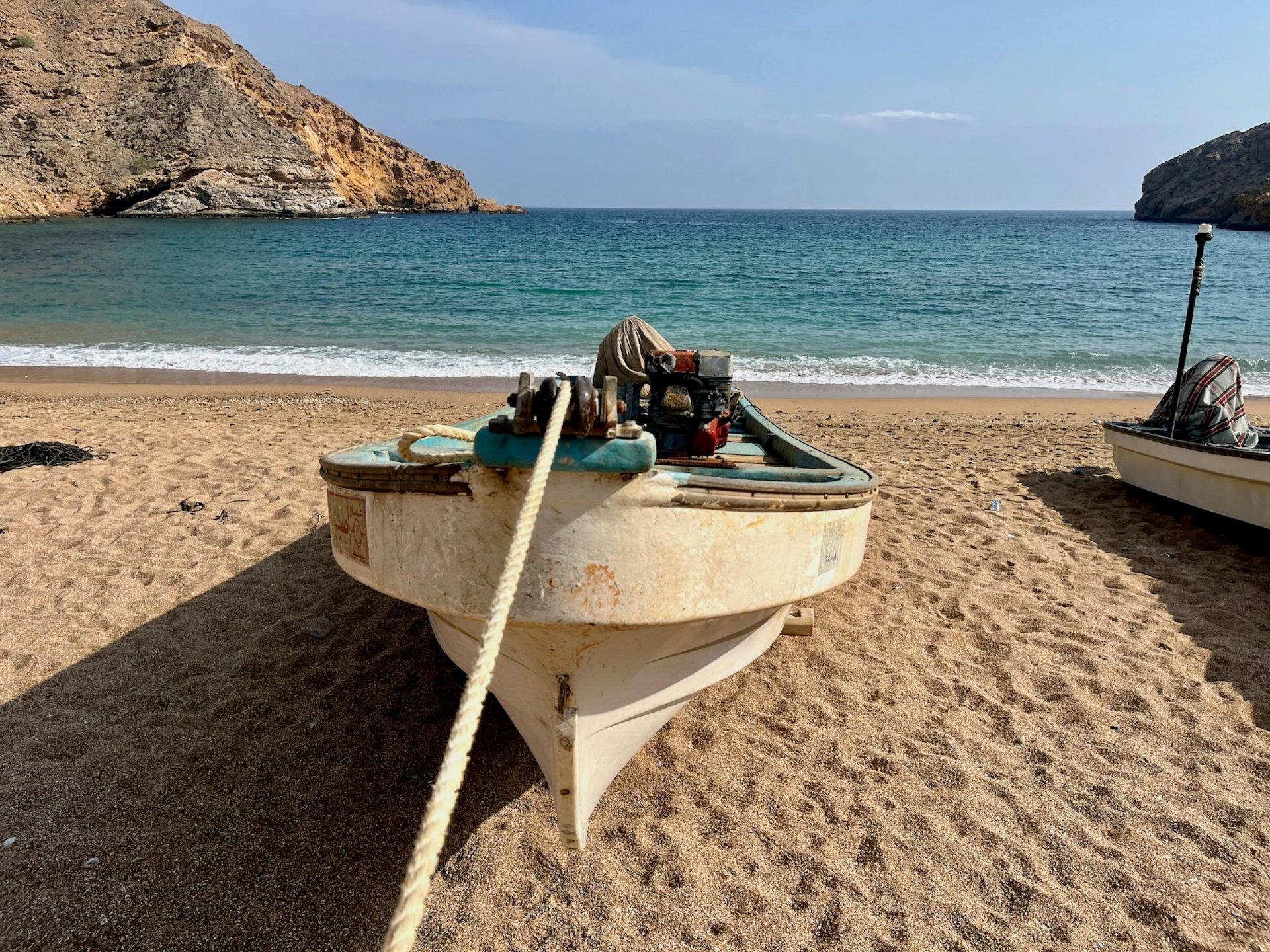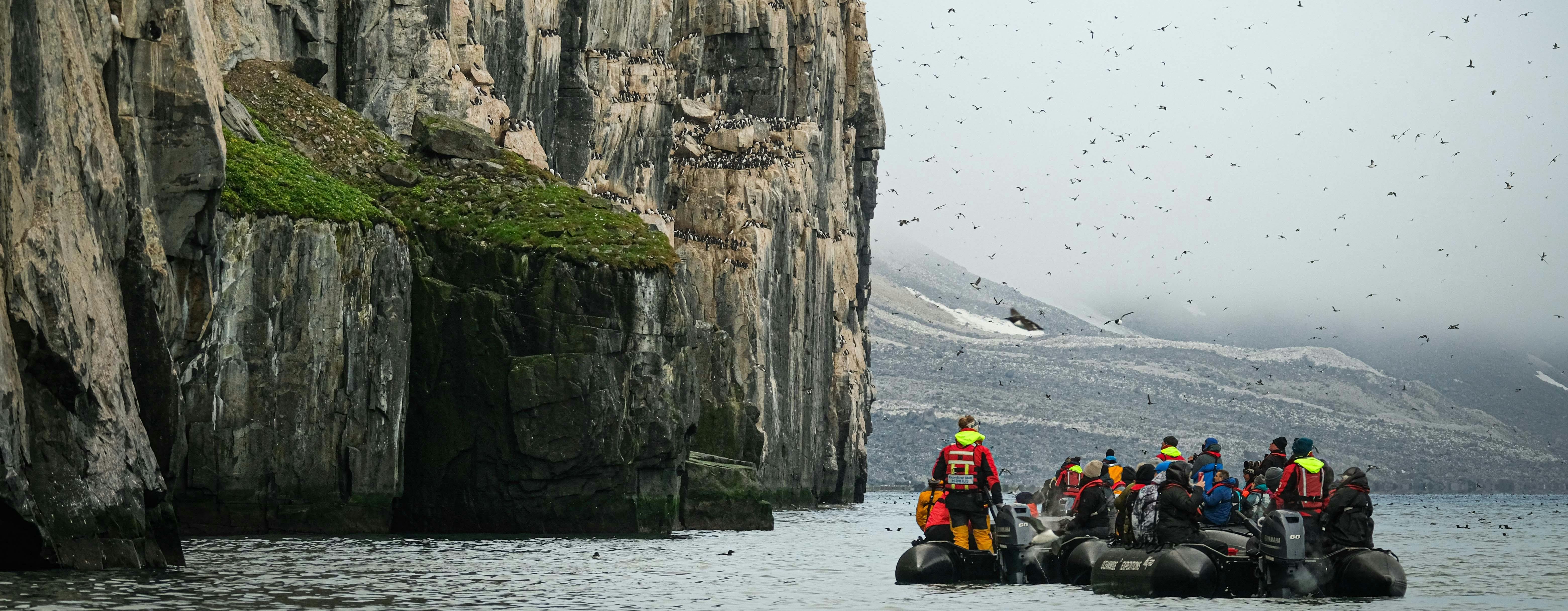Article Highlights
- Top Global Destinations: Locations like the Outer Banks, Cape Town, and Fraser Island offer world-class surfcasting opportunities.
- Catch and Eat: Popular species like Redfish, Snapper, and Whiting are not only fun to catch but also delicious when cooked.
- A Growing Segment: Surfcasting is increasingly popular in North America and Europe, with more anglers enjoying the thrill of beach fishing.
- Dangers of Surfcasting: Currents, wildlife, and weather extremes are the primary dangers anglers must prepare for.
- Healthcare and Safety: Always be aware of local healthcare quality and have an emergency plan, especially when fishing in remote areas.
Surfcasting, also known as shore casting, surf fishing, or beach fishing, is a popular way to catch fish from beaches or shorelines without needing a boat. Whether on vacation or as a weekend hobby, fishing from the beach offers excitement and the chance to reel in various species. This type of fishing is popular in many coastal areas around the world, with some destinations standing out for their prime fishing conditions and rich marine life.
Surfcasting is particularly popular among North Americans, especially those living along the Atlantic and Pacific coasts. It is also gaining traction in Europe, particularly in countries like the UK, Spain, and Portugal. The accessibility of this type of fishing and the variety of species available make it an attractive option for anglers from both continents.
Top 10 International Destinations for Surfcasting
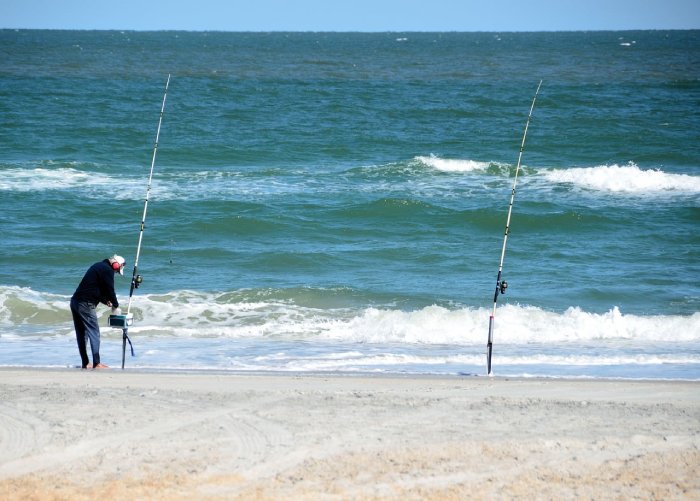
Outer Banks, North Carolina, USA
- The Outer Banks is popular among North American anglers, with locals and tourists enjoying beach fishing year-round.
- Fish Species: Red Drum, Bluefish, Flounder, Pompano
- Edibility: Most species caught here, like Bluefish and Flounder, are excellent for eating.
- Dangers: Strong currents, rip tides
- Healthcare Rating: Excellent emergency services and healthcare facilities in nearby towns.

Galveston, Texas, USA
- Beach fishing is well-loved by locals and tourists.
- Fish Species: Speckled Trout, Black Drum, Redfish
- Edibility: Redfish and Speckled Trout are popular table fare.
- Dangers: Jellyfish, sharks, strong surf
- Healthcare Rating: Good healthcare services in Galveston, quick access to emergency services.
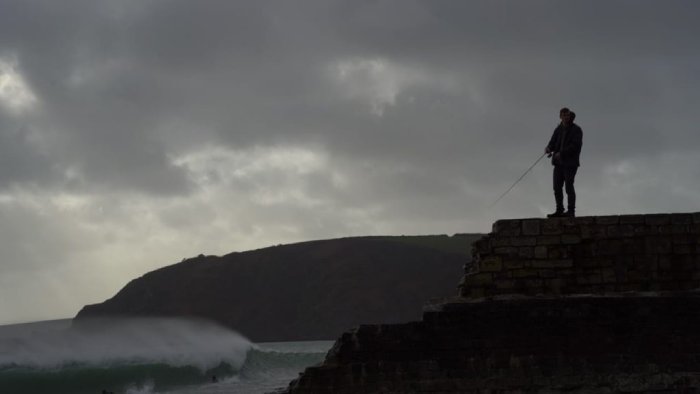
Cornwall, England, UK
- Shore casting is a common hobby among European anglers, with Cornwall being a favored spot.
- Fish Species: Bass, Mackerel, Pollock
- Edibility: Mackerel and Pollock are especially good for eating.
- Dangers: Rocky shorelines, unpredictable tides
- Healthcare Rating: Excellent public healthcare services through the NHS, easily accessible from major coastal towns.
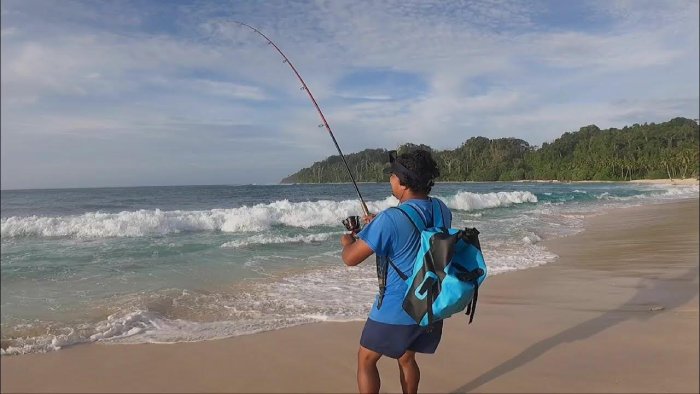
Andaman and Nicobar Islands, India
- It is growing in popularity among adventure anglers from Europe and Asia.
- Fish Species: Barracuda, Trevally, Snapper
- Edibility: Snapper is highly sought after for eating.
- Dangers: Strong currents, sharks
- Healthcare Rating: Moderate, with healthcare facilities limited but available in larger towns. Emergency services may take time to reach remote locations.
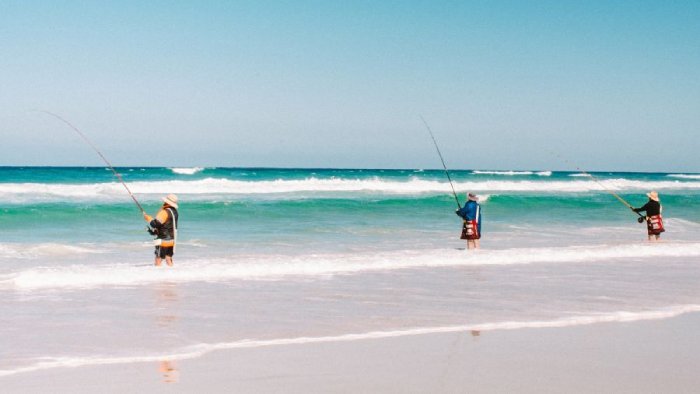
Fraser Island, Queensland, Australia
Surfcasting is very popular among Australians, and Fraser Island is a hotspot for this activity.
Fish Species: Tailor, Whiting, Flathead
Edibility: Whiting and Flathead are prized for their delicate flavors.
Dangers: Jellyfish, sharks
Healthcare Rating: Good healthcare available in nearby towns, but remote locations on Fraser Island can delay emergency response times.
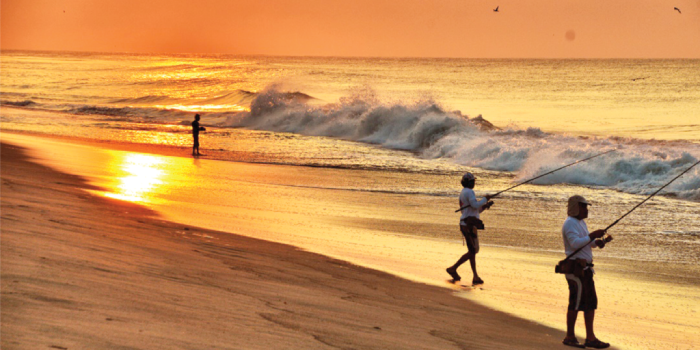
Huatulco, Oaxaca, Mexico
- Beach fishing is becoming increasingly popular in Mexico, especially among international tourists.
- Fish Species: Roosterfish, Jack Crevalle, Snapper
- Edibility: Snapper and Jack Crevalle are good eating fish.
- Dangers: Heat exhaustion, stingrays
- Healthcare Rating: Adequate healthcare, but rural areas may experience delays in medical attention.
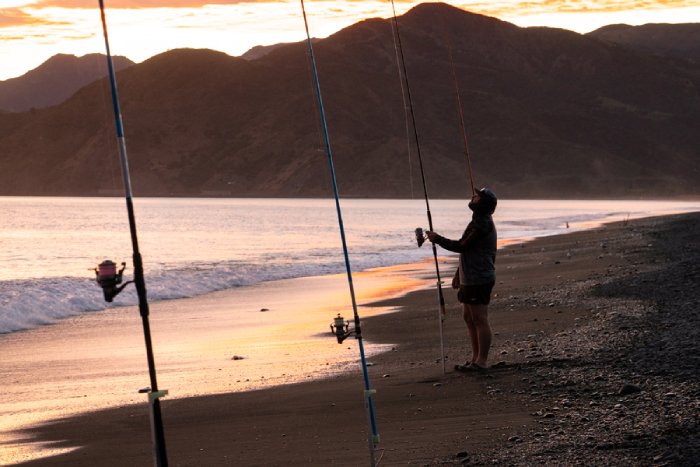
South Island, New Zealand
- Surfcasting is a long-standing tradition among locals and an increasingly popular activity for tourists.
- Fish Species: Kahawai, Snapper, Blue Cod
- Edibility: Snapper and Blue Cod are highly prized for their taste.
- Dangers: Cold water, strong surf
- Healthcare Rating: Excellent healthcare is available in most regions, though remote areas may delay access to emergency services.
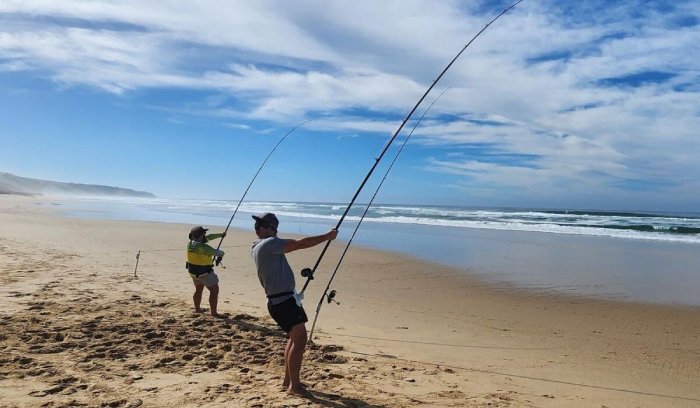
Cape Town, South Africa
- Surf fishing is a favorite pastime for many South Africans and international visitors.
- Fish Species: Yellowtail, Galjoen, Kob
- Edibility: Kob and Yellowtail are delicious when grilled or smoked.
- Dangers: Shark attacks, strong currents
- Healthcare Rating: Moderate to good healthcare in Cape Town, with reliable emergency services. Rural areas may present challenges.
-

Fisherman Statue, Canary Islands, Spain Popular among European anglers, particularly those visiting from mainland Spain.
- Fish Species: Sea Bass, Dorado, Mullet
- Edibility: Dorado and Sea Bass are excellent for eating.
- Dangers: Rocky coastlines, unpredictable waves
- Healthcare Rating: Good healthcare services in the more populated islands, and emergency services are reliable.

Maui, Hawaii, USA
- Beach fishing is popular among locals and tourists, particularly those interested in catching prized species like Bonefish.
- Fish Species: Bonefish, Trevally, Papio
- Edibility: Trevally and Papio are good for consumption.
- Dangers: Sunburn, jellyfish
- Healthcare Rating: Excellent healthcare and emergency services are easily accessible.
What Can You Catch, and Can You Eat It?
Each destination offers a variety of fish species, many of which are excellent for consumption. Popular catches like Redfish, Snapper, and Trevally are known for their great taste, however, Barracuda and Roosterfish may not always be suitable to eat due to the potential for toxins like ciguatera.
Before cooking and consuming fish, it’s essential to understand local regulations, as some areas may restrict specific species or limit size. It’s also good practice to ensure that the fish is fresh, properly cleaned, and cooked to avoid any health risks.
Dangers of Surfcasting
While surfcasting and shore casting are enjoyable and often relaxing, there are some inherent dangers that fishermen need to be aware of, including:
- Strong currents and rip tides: Always stay aware of ocean conditions, as strong waves can pull even experienced anglers out to sea.
- Wildlife hazards: In some areas, jellyfish, sharks, stingrays, and other dangerous creatures can pose a risk.
- Weather extremes: Heat exhaustion, sunburn, and dehydration are common risks, especially in tropical or desert environments.
- Physical strain: Carrying heavy gear over long distances or navigating rocky terrain can lead to injuries.
Experts Cast Pro Tips
Casting form
Start slowly, then accelerate your cast to top speed just before your rod tip stops. Point your front foot towards the water, and make sure your weight is in line with the guide closest to your reel, advise the pros at Norrick Fishing.
Rod action
A fast action rod bends more near the tip and is better for casting distance, recommend the experts at Outdoor Pro Shop.
Tackle
Surfcasting requires a leader, especially when going after fish with big teeth and fishing around structures and rocks. A steel leader with its strength in the 30–100 lb. range (depending on what you’re targeting) will keep the fish on. It’s also recommended to use a shock leader when surf casting. You’ll minimize the chances of your line breaking and losing your tackle, plus the line will be easier to handle, according to Fishing Booker.
Sinkers – also known as weights – are another important component of your ensemble. There’s a variety of sinkers you can use like egg, bullet, slip, teardrop, pyramid, or sputnik sinkers. The type you use will depend on the water movement and the bottom type. Pyramid sinkers (3 ounces) are the most popular choice for sandy bottoms.
Hooks – it’s a good idea to have spare hooks in your tackle box, ranging from 1/0 to 8/0 sizes. Match the size of your hook to the size of your bait, and consequently, to the size of the catch you want. Circle hooks, J-hooks, and wide-gap hooks all work well,
Bonus Tips
For maximum protection against sharp teeth, choose a steel leader with a high breaking strength depending on the size of the fish you’re targeting. A shock leader, is a heavier line attached to your main line, helps absorb the force of a cast and prevents your primary line from breaking, especially when using heavy weights or casting long distances. Fish during lighter tides, usually two hours before and after high tide.
The Global Rescue Connection
Angling, in all its forms, offers an exciting and rewarding challenge for fishing enthusiasts. Whether it’s the thrill of beach fishing, deep-sea fishing, or the challenge of the precision of fly fishing, anglers have no shortage of destinations to explore.
However, with these experiences come risks. Bites, stings, lacerations, and rashes, are some of the minor issues that could become serious if not examined and treated. Heat stroke, heart attack and back injuries are potential emergencies facing anglers, too. Understanding the dangers and taking precautions can ensure that fishing adventures remain enjoyable and safe.
Whether you’re surfcasting along the Outer Banks, the shoreline of Huatulco, or on the beaches of South Island, remember to hook a Global Rescue membership.
“Travel smart and be prepared. When it comes to medical evacuation and security insurance, my recommendation is to never leave home without [a Global Rescue membership],” said Yellow Dog’s Jim Klug.
Are you a fishing outfitter, guide or operator? Learn how partnering with Global Rescue is perfect for you and your fishing adventurers exploring the remote and sometimes rugged terrains around the world.


